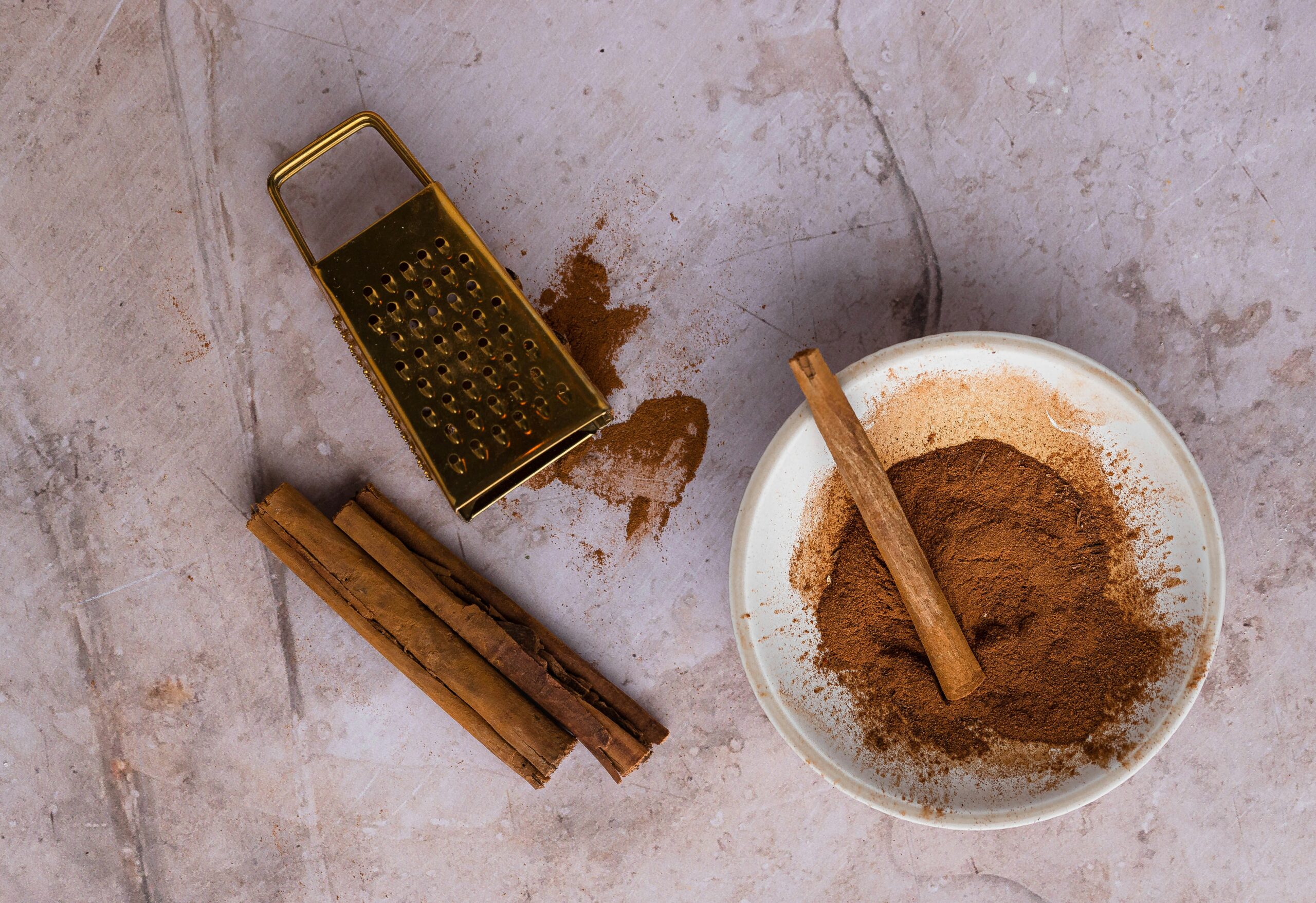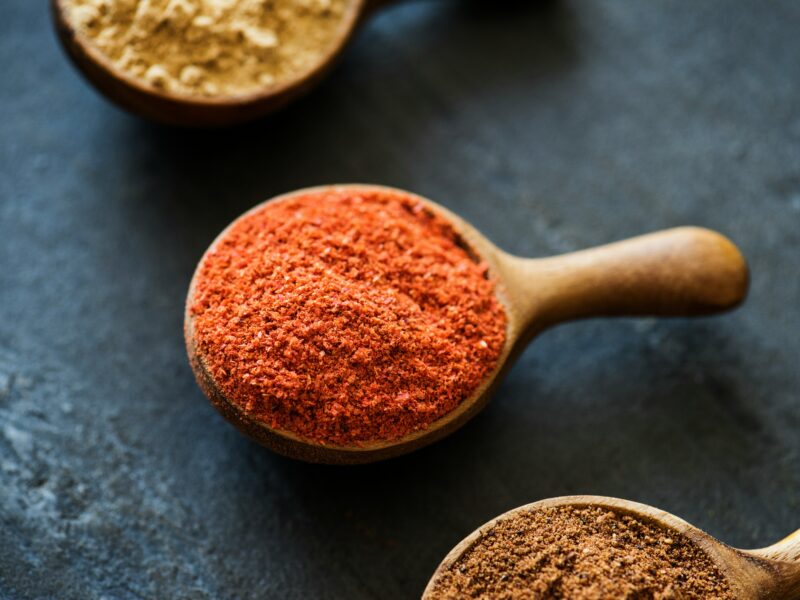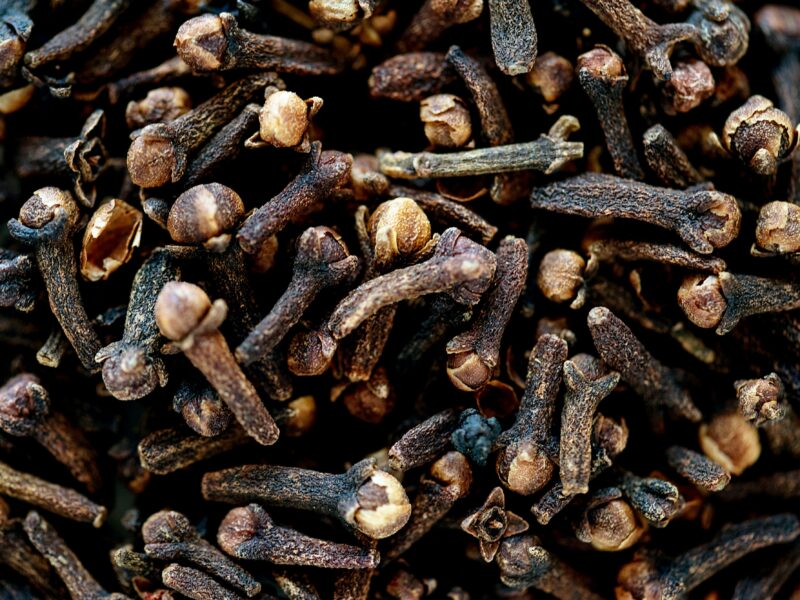Cinnamon is one of the world’s most beloved and widely used spices, known for its sweet, woody aroma and warm, slightly spicy flavor. Found in both sweet and savory dishes, it plays an essential role in baking, spice blends, and traditional cuisines worldwide. Whether used in cinnamon rolls, curries, or hot chocolate, this versatile spice enhances countless recipes. But what makes cinnamon special, and how can you use it to elevate your cooking?
Origin and cultivation of cinnamon
Cinnamon comes from the inner bark of trees in the Cinnamomum genus, which belongs to the Lauraceae family. It is native to Sri Lanka, India, and Southeast Asia. However in many Arabic and Middle Eastern cuisines, cinnamon is considered a key spice for both sweet and savory dishes. It lends a distinct warmth to traditional recipes, such as richly spiced stews, fragrant rice dishes, and desserts like baklava and spiced puddings. The use of cinnamon in these regions highlights its unique ability to create complex flavor profiles that have been treasured for generations.
Harvesting cinnamon involves carefully stripping the bark from the trees, which naturally curls into cinnamon sticks as it dries. Different varieties of cinnamon offer unique flavors and uses, making it an essential ingredient across diverse culinary traditions.
What does cinnamon taste like?
Cinnamon has a sweet, woody flavor with warm, slightly spicy undertones. Depending on the variety, it may also have hints of clove, citrus, or peppery depth, making it a complex and aromatic addition to dishes.
Flavor nuances:
- Sweet and slightly spicy
- Warm, woody, and aromatic
- Hints of clove and citrus
- Complements both sweet and savory dishes
Cinnamon substitutes – what can you use instead?
If you don’t have cinnamon on hand, there are several alternatives that can replicate its warmth and complexity:
- Nutmeg provides a similar warmth but lacks cinnamon’s woody sweetness.
- Allspice mimics cinnamon’s depth with hints of clove and pepper.
- Cloves and ginger together create a spiced warmth reminiscent of cinnamon.
- Cardamom adds a sweet, citrusy note that works well in baked goods.
Difference between Ceylon and Cassia cinnamon
Ceylon cinnamon (Cinnamomum verum), often referred to as “true cinnamon,” has a delicate, sweet flavor and a softer texture, making it a popular choice for desserts and beverages. In contrast, Cassia cinnamon (Cinnamomum cassia) is bolder and spicier, with a stronger aroma and darker color, giving it a more robust presence in spice blends, baking, and savory dishes. While Cassia offers a more intense flavor, Ceylon is known for its subtle and refined taste, making it the preferred variety in lighter, more delicate recipes.
How to use cinnamon in cooking
Cinnamon is a staple in baking, beverages, and savory dishes, adding warmth and depth to a wide range of recipes.
In sweet dishes and beverages:
- Baking: Frequently used in baked goods, cinnamon enhances cinnamon rolls, cakes, and cookies with its warm, aromatic sweetness.
- Hot drinks: It adds depth to hot drinks, such as coffee, hot chocolate, and spiced teas.
- Natural warmth: It elevates desserts like apple pies, puddings, and fruit-based dishes.
In savory dishes:
- Arabic and Indian cuisine: Cinnamon adds richness to curries, spice blends, and rice dishes.
- Slow-cooked meats: Cinnamon also complements slow-cooked meats, enriching dishes like lamb tagine, beef stews, and braised poultry.
- Cinnamon Rolls: Classic sweet rolls with a spiced filling and glaze
- Moroccan Lamb Tagine: A slow-cooked dish with cinnamon, saffron and dried fruits
Cooking tips:
- ✔ Use whole cinnamon sticks for infusions and remove them before serving.
- ✔ Ground cinnamon blends easily into batters, spice rubs, and drinks.
- ✔ Store cinnamon in an airtight container away from heat and moisture to maintain its potency.
Where to buy cinnamon
Cinnamon is widely available in sticks and ground powder at grocery stores, spice markets, and online retailers. To ensure high quality, look for:
- Fresh, fragrant cinnamon with tightly curled sticks, which indicate freshness.
- Ceylon cinnamon labeled as “true cinnamon,” preferred for delicate dishes.
- Cassia cinnamon, more commonly found, offering a stronger, spicier profile.
Why cinnamon deserves a place in your kitchen
Cinnamon’s warm, sweet, and spicy aroma makes it one of the most versatile and widely used spices. Whether adding depth to baked goods, warming up drinks, or enhancing savory dishes, it brings richness and complexity to cooking. Proper storage keeps it aromatic and flavorful for extended use.


